Cannabinoid THC Dominant
THC 20.44 - 25.51%
CBD 0.44 - 0.82%
Effect Giggly
Side Effect Rapid heart beat
Flavor Flowery
Gspot Strain Information
THC
CBD
Potency
Gspot, also known as "G-Spot" or "gSpot" is a 50/50 hybrid cannabis strain with a mysterious lineage. Although both parents and the breeder remain unknown, some experts say that this strain is a mix of different variations of OG Kush. Its THC levels range from 13% to 17% and CBD is less than 1%.
Reported Effects of Gspot Strain
Due to its balance, both Sativa and Indica effects are present in equal measure. But either way, Gspot won't make you couch-locked, so the best time to smoke is in the morning. One of the most common effects is giggles, whether you are energetic or sedated. In addition, you can find yourself:
But be careful with high doses, as you can experience rapid heartbeat, headache, slurred speech, thirst, and dry mouth. The presence of these effects, as well as the sufficient potency, make this cannabis a great remedy for people with the following conditions:
- Muscular dystrophy
- PMS
- Insomnia
- Muscle spasms
- Depression
Main Flavors
Gspot has a very specific flavor profile. It tastes like a tropical cocktail with gassy aftertastes. Depending on the different versions, orange and lime aromas can overpower the smell of diesel or vice versa.
Growing Tips
Gspot seeds won't be found easily on the internet. But if you're lucky enough to find them, you'll get an average yield and 54-59 days of flowering. Plants can be grown both indoors and outdoors and will not be very tall.
Side Effects
Simply let us know how this strain tastes or write a detailed review.
Gspot Strain Cannabinoids
| THC | Tetrahydrocannabinol, or THC, is a major cannabis chemical compound. It is a psychoactive element that stimulates dopamine release and induces euphoria or happiness. THC-rich strains may be helpful with such conditions as lack of appetite, chronic pains , etc. It is considered to be the primary active marijuana component. | 20.44 - 25.51% |
| CBD | Cannabidiol, or CBD, is a major compound in cannabis, which is non-psychoactive. It is also proved to counteract the side effects of the second major component THC. CBD is widely used for medicinal purposes in rubs, oils and so on. It is helpful in muscle pain cases, may treat arthritis and migraines. Even Greeks used it against pain, while Queen Victoria applied it to get rid of menstrual cramps. | 0.44 - 0.82% |
| CBC | Cannabichromene, or CBC, is a minor cannabinoid, meaning that its quantity in cannabis is quite little. Though it has the same origin as CBD and THC, it is different in functions. Without any psychoactive effects, it is an efficient cannabis compound in combating acne and depression. CBC produces analgesic, antibacterial and anti-inflammatory effects. | 0.37 - 0.59% |
| CBG | Cannabigerol, or CBG, is one of the minor cannabis compounds in adult plants. On the other hand, young ones contain a lot of this antibacterial and anti-inflammatory component. During the growth, CBG is converted into different cannabinoids, mostly THC and CBD. The compound itself increases appetite and decreases eye pressure. | 0.47 - 1.25% |
| CBN | Cannabinol, or CBN, is a trace element in cannabis that is considered to be mildly psychoactive. It appears from oxidation THC, exposed to light and heat. CBN is mostly contained in old cannabis and in traditional hashish. It is effective against insomnia, bacterial infections and appetite loss. | 0.34 - 0.26% |
| THCV | Tetrahydrocannabivarin, or THC-V, is a compound contained in cannabis in trace amounts. Even though it is close to THC molecularly, it is different in effects. This compound may be psychoactive only in large amounts. THC-V reduces blood sugar, controls appetite, stimulates bone growth, etc. African Sativa strains are the richest in THC-V. | 0.27 - 0.91% |
Gspot Terpene Profile
| Carene | Carene (also known as Delta-3 carene) is a terpene found in rosemary, lemons, pines, and cedars, offering citrusy and cypress aroma. Studies on mice showed that carene provides anti-inflammatory effects, as well as promotes bone health and chronic pain relief. | 0.6% |
| Myrcene | Myrcene (also known as β-myrcene) is one of the most common terpenes found in cannabis, representing more than 20% of the modern marijuana terpene profile. Myrcene has a distinct earthy, musky flavor, resembling cloves. It is responsible for calming and soothing effects of weed. Myrcene is also found in hops, thyme, mango, lemongrass, guava melon. | 0.1% |
| Sabinene | Sabinene is a terpene with a peppery, spicy, citrusy, and piney aroma, presented in Norway spruce, Holm oak trees, black pepper, cardamom, and carrot seeds. Found in cannabis in small quantities. Allegedly, sabinene has anti-inflammatory and antimicrobial properties. | 0.3% |
| Total terpenes content | 1.00% |
Growing Info
Similar Strains
THC 11.67 - 17.67%
CBD 0.1 - 0.96%
Effect Talkative
Flavor Berry
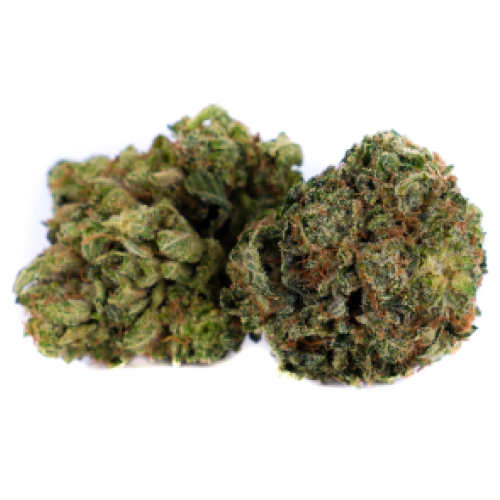
THC 15.5 - 21.5%
CBD 0.42 - 0.8%
Effect Sedated
Flavor Diesel
THC 18.5 - 21.5%
CBD 9.34 - 12.44%
Effect Relaxed
Flavor Nutty
THC 18 - 21%
CBD 0.8 - 1.05%
Effect Uplifted
Flavor Spicyherbal
THC 18.67 - 20.67%
CBD 0.57 - 0.92%
Effect Sedated
Flavor Mango
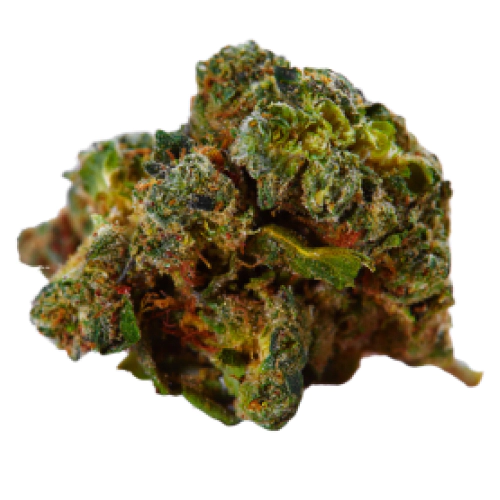
THC 19 - 22.5%
CBD 1.04 - 1.18%
Effect Uplifted
Flavor Lemon
THC 21.2 - 25.2%
CBD 0.37 - 8.08%
Effect Creative
Flavor Spicyherbal
THC 14 - 17%
CBD 0.4 - 0.61%
Effect Relaxed
Flavor Spicyherbal
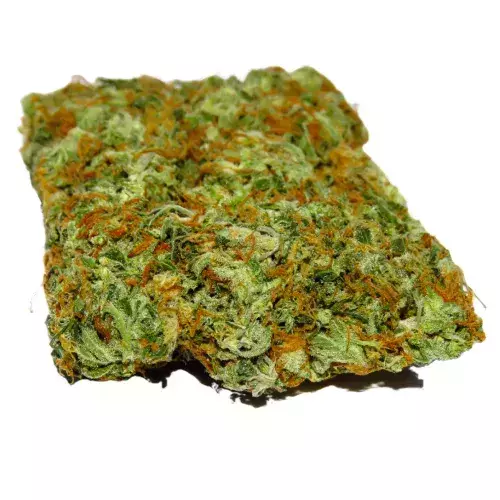
THC 24.33 - 26.67%
CBD 0.32 - 0.34%
Effect Happy
Flavor Citrus
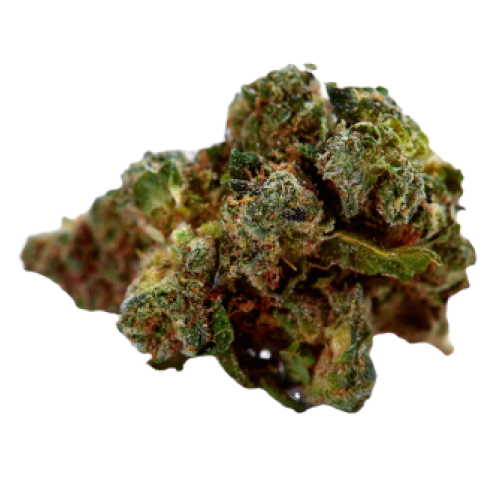
THC 19.33 - 22.33%
CBD 0.42 - 0.69%
Effect Creative
Flavor Sweet
THC 15.75 - 18.25%
CBD 0.41 - 0.76%
Effect Euphoric
Flavor Sweet
THC 14 - 20%
CBD 0.34 - 1%
Effect Uplifted
Flavor Pine
THC 11.75 - 14.5%
CBD 0.2 - 0.46%
Effect Euphoric
Flavor Spicyherbal
THC 21.5 - 25%
CBD 0.05 - 1.36%
Effect Uplifted
Flavor Butter
THC 7.5 - 12.5%
CBD 0.02 - 0.24%
Effect Tingly
Flavor Citrus
THC 18 - 22%
CBD 0.32 - 1.15%
Effect Giggly
Flavor Coffee
THC 8 - 8%
CBD 0.99 - 1.11%
Effect Happy
Flavor Mint
THC 14 - 14%
CBD 0.52 - 0.65%
Effect Nausea
Flavor Spicyherbal




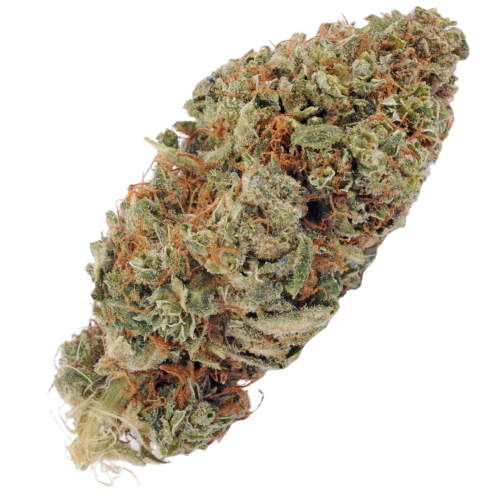

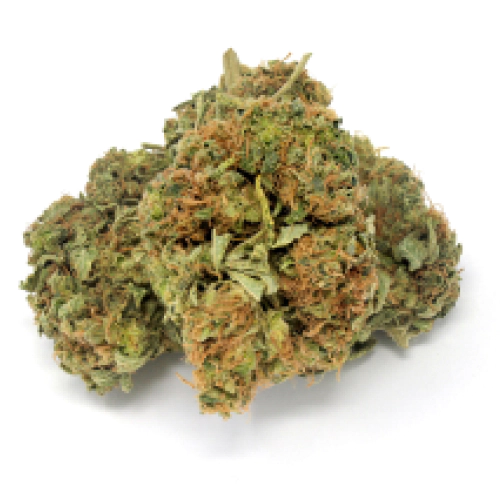
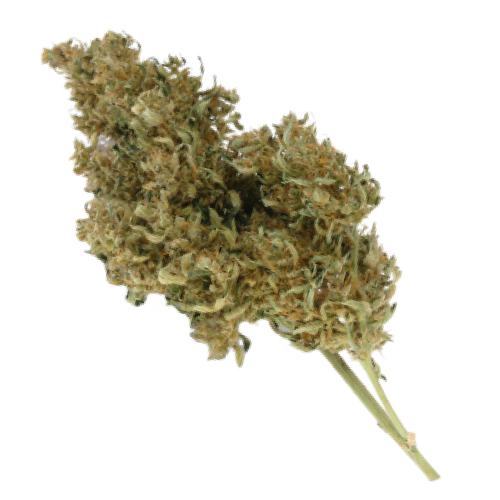


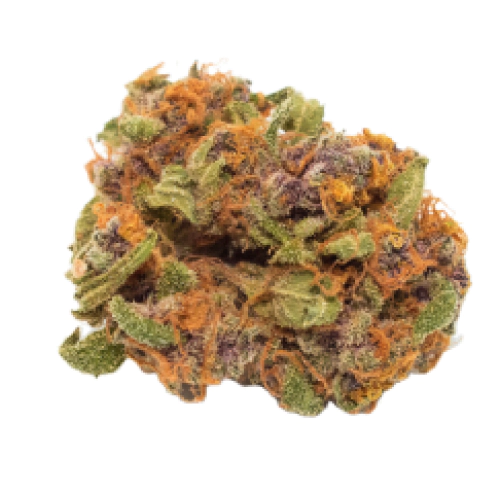
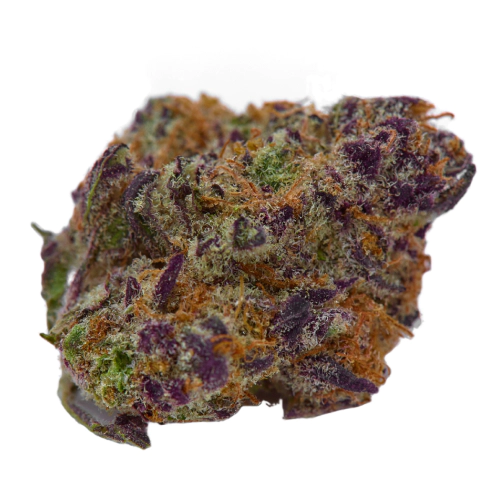

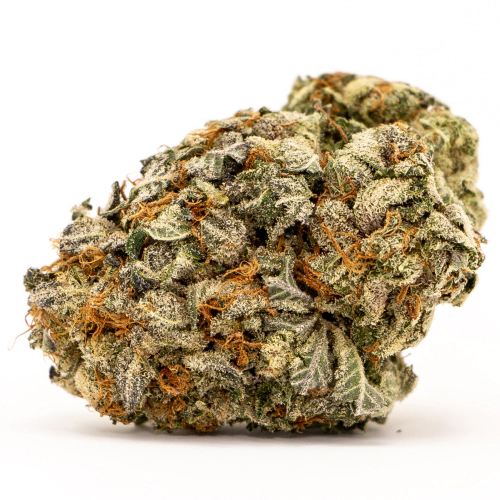
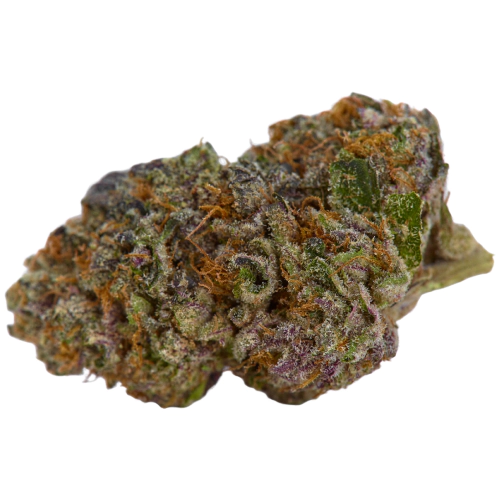
Be the first and share your opinion
Write a Review